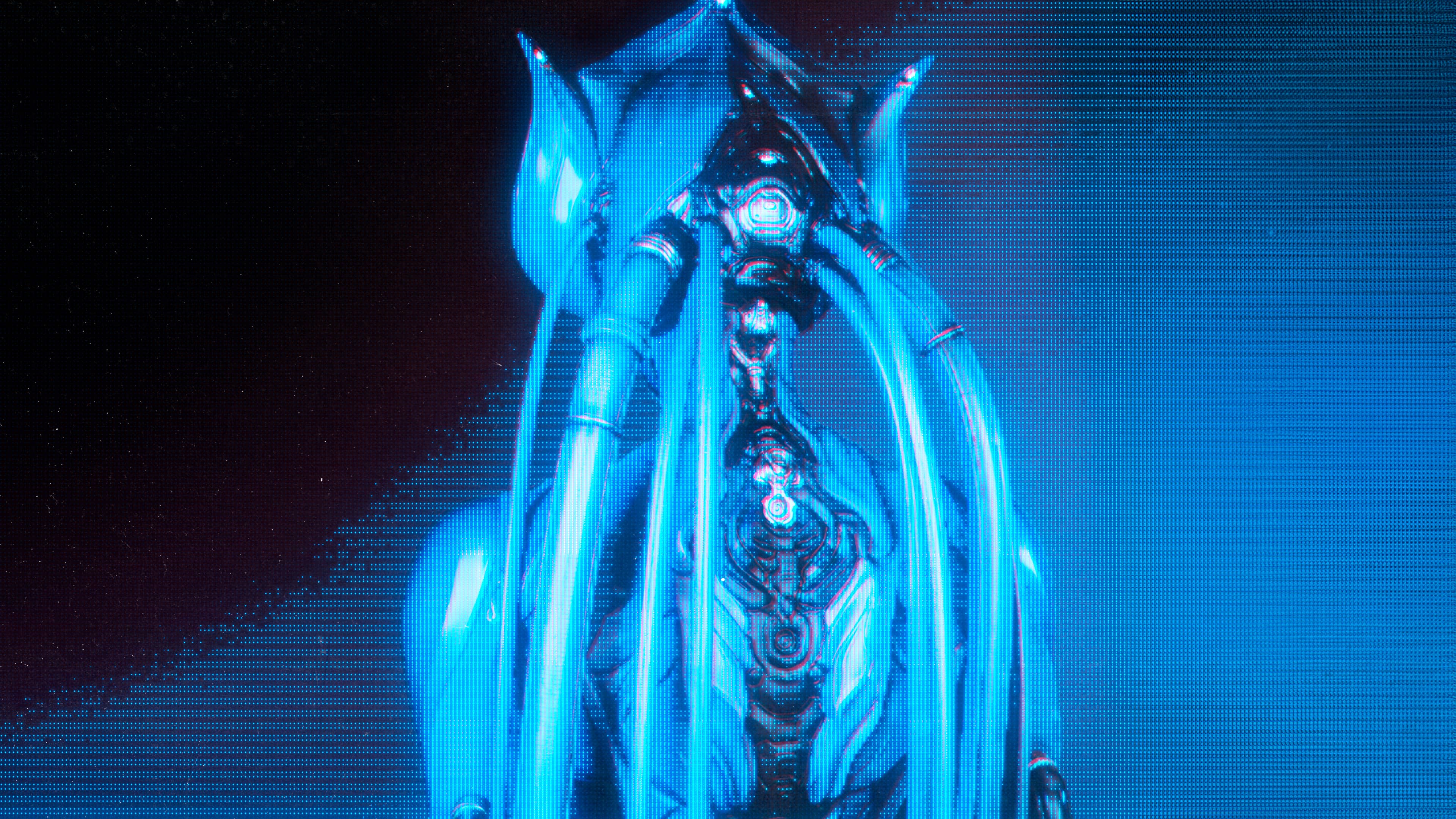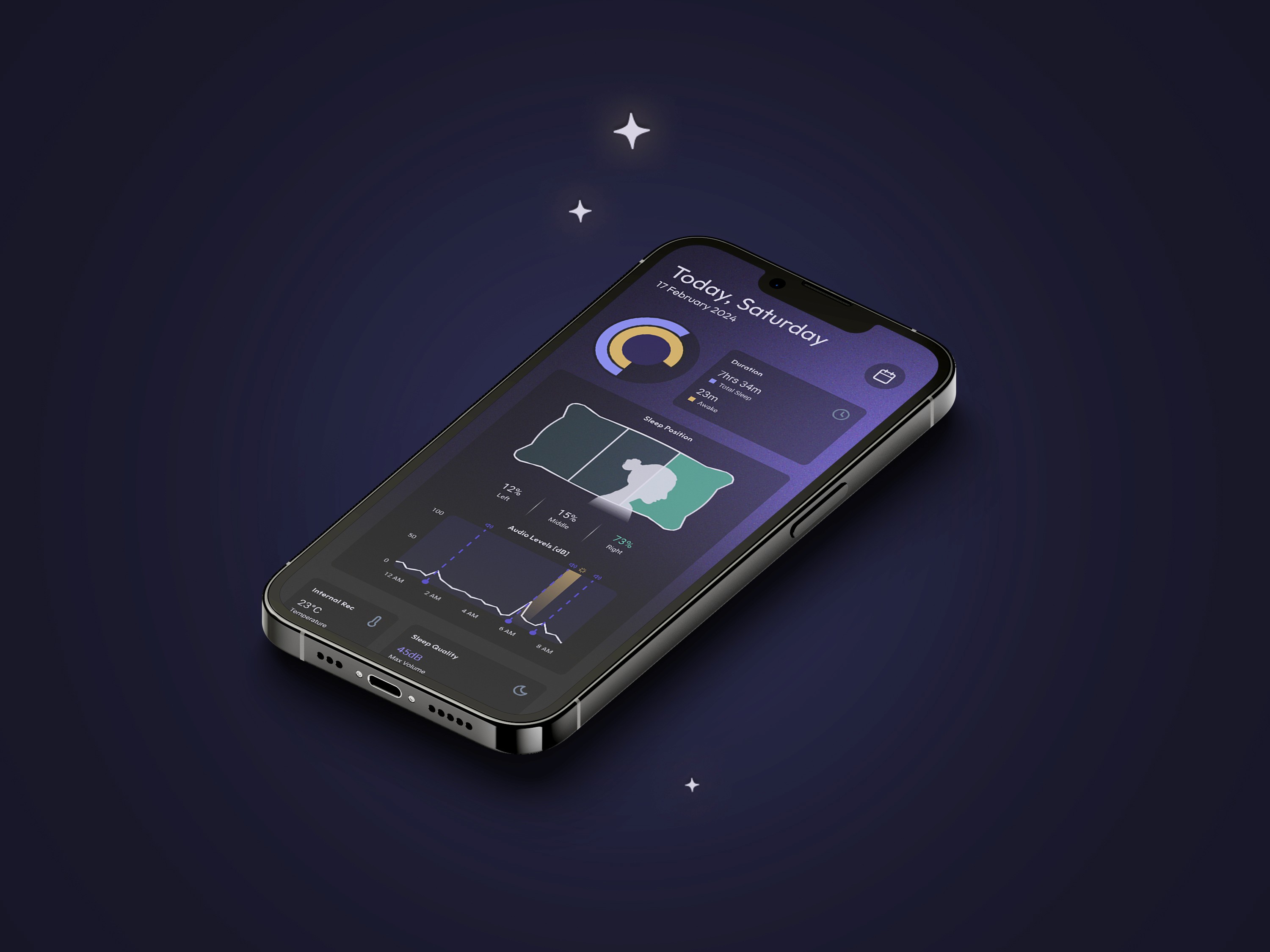UW Reality Labs
UW Reality Labs
UW Reality Labs
UW Reality Labs
UW Reality Labs
UW Reality Labs at the University of Waterloo specializes in XR and spatial computing. They are the first design team in Canada that offers students hands-on experience with consumer VR (virtual reality) and AR (augmented reality) technologies.
UW Reality Labs at the University of Waterloo specializes in XR and spatial computing. They are the first design team in Canada that offers students hands-on experience with consumer VR (virtual reality) and AR (augmented reality) technologies.
UW Reality Labs at the University of Waterloo specializes in XR and spatial computing. They are the first design team in Canada that offers students hands-on experience with consumer VR (virtual reality) and AR (augmented reality) technologies.
UW Reality Labs at the University of Waterloo specializes in XR and spatial computing. They are the first design team in Canada that offers students hands-on experience with consumer VR (virtual reality) and AR (augmented reality) technologies.
UW Reality Labs at the University of Waterloo specializes in XR and spatial computing. They are the first design team in Canada that offers students hands-on experience with consumer VR (virtual reality) and AR (augmented reality) technologies.
00

00

00

00

00

Problem
The AR/VR space so far has typically been portrayed as mere tech demos, without polish and refinement. In its current state, unfortunately VR often gets a bad rep for being eerily dystopian and full of people who just want to escape reality.
Solution
Our goal was to create the complete opposite of the typical associations with VR. We wanted something bright that would encourage people who are interested in developing human-centered applications in the mixed reality space to come together in a shared community.
Problem
The AR/VR space so far has typically been portrayed as mere tech demos, without polish and refinement. In its current state, unfortunately VR often gets a bad rep for being eerily dystopian and full of people who just want to escape reality.
Solution
Our goal was to create the complete opposite of the typical associations with VR. We wanted something bright that would encourage people who are interested in developing human-centered applications in the mixed reality space to come together in a shared community.
Problem
The AR/VR space so far has typically been portrayed as mere tech demos, without polish and refinement. In its current state, unfortunately VR often gets a bad rep for being eerily dystopian and full of people who just want to escape reality.
Solution
Our goal was to create the complete opposite of the typical associations with VR. We wanted something bright that would encourage people who are interested in developing human-centered applications in the mixed reality space to come together in a shared community.
Problem
The AR/VR space so far has typically been portrayed as mere tech demos, without polish and refinement. In its current state, unfortunately VR often gets a bad rep for being eerily dystopian and full of people who just want to escape reality.
Solution
Our goal was to create the complete opposite of the typical associations with VR. We wanted something bright that would encourage people who are interested in developing human-centered applications in the mixed reality space to come together in a shared community.
Problem
The AR/VR space so far has typically been portrayed as mere tech demos, without polish and refinement. In its current state, unfortunately VR often gets a bad rep for being eerily dystopian and full of people who just want to escape reality.
Solution
Our goal was to create the complete opposite of the typical associations with VR. We wanted something bright that would encourage people who are interested in developing human-centered applications in the mixed reality space to come together in a shared community.
To Build A Brand For The Future Of Reality
This project was co-created by Flora Hu and I, and is still ongoing! We intend on creating websites, merchandise, and other XR related designs as further explorations of the UW Reality Labs brand.
One of the first things we created with this branding was a sponsorship package for the team. See the full package here!
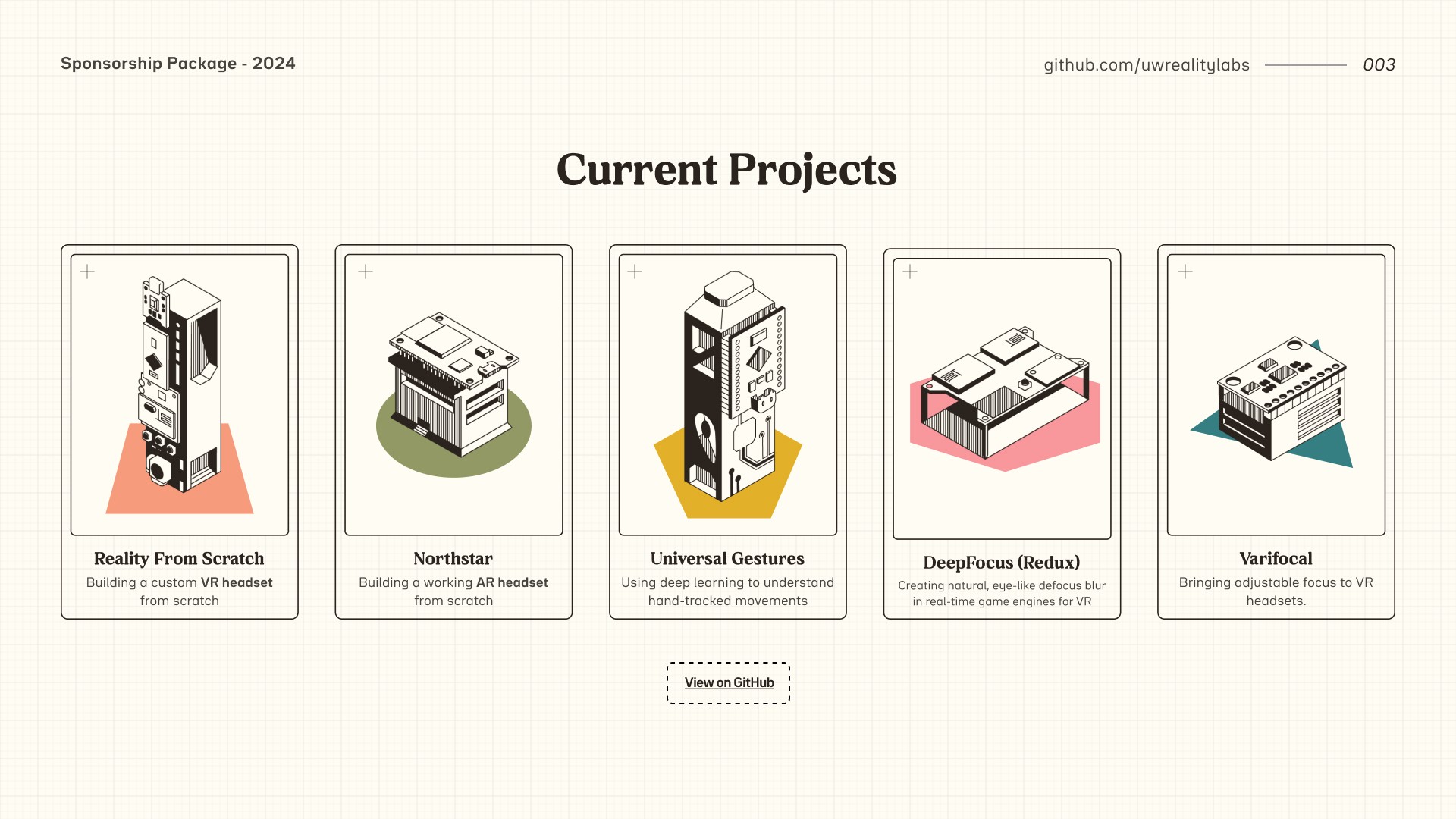


year
2024
timeframe
3 months - Present
tools
Figma, Adobe Illustrator, Adobe Photoshop
category
Branding and Identity
To Build A Brand For The Future Of Reality
This project was co-created by Flora Hu and I, and is still ongoing! We intend on creating websites, merchandise, and other XR related designs as further explorations of the UW Reality Labs brand.
One of the first things we created with this branding was a sponsorship package for the team. See the full package here!



year
2024
timeframe
3 months - Present
tools
Figma, Adobe Illustrator, Adobe Photoshop
category
Branding and Identity
To Build A Brand For The Future Of Reality
This project was co-created by Flora Hu and I, and is still ongoing! We intend on creating websites, merchandise, and other XR related designs as further explorations of the UW Reality Labs brand.
One of the first things we created with this branding was a sponsorship package for the team. See the full package here!



year
2024
timeframe
3 months - Present
tools
Figma, Adobe Illustrator, Adobe Photoshop
category
Branding and Identity
To Build A Brand For The Future Of Reality
This project was co-created by Flora Hu and I, and is still ongoing! We intend on creating websites, merchandise, and other XR related designs as further explorations of the UW Reality Labs brand.
One of the first things we created with this branding was a sponsorship package for the team. See the full package here!



year
2024
timeframe
3 months - Present
tools
Figma, Adobe Illustrator, Adobe Photoshop
category
Branding and Identity
To Build A Brand For The Future Of Reality
This project was co-created by Flora Hu and I, and is still ongoing! We intend on creating websites, merchandise, and other XR related designs as further explorations of the UW Reality Labs brand.
One of the first things we created with this branding was a sponsorship package for the team. See the full package here!



year
2024
timeframe
3 months - Present
tools
Figma, Adobe Illustrator, Adobe Photoshop
category
Branding and Identity
01
The Design Process:
To kick things off, we started with a list of what we envisioned the brand to be. Some of these included:
Open source
Community focused
No dystopia
Home-made + DIY
Gathering these together, we began searching for inspiration that aligned with these values.
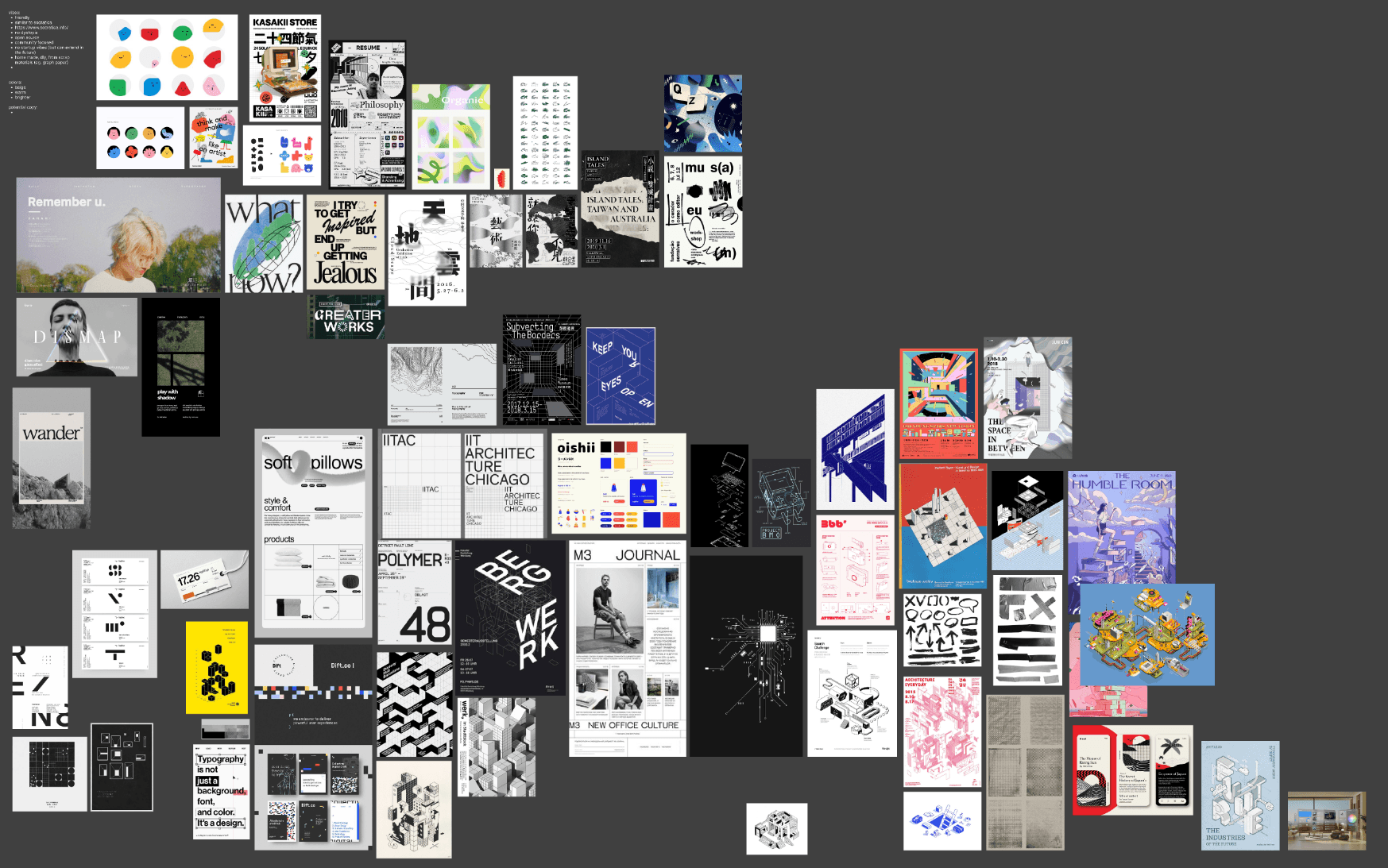
Upon researching these ideas, we decided that we wanted the branding to be more lighter colored with some accents that pop.

There was also a TON of testing done just to find the perfect font pairing. The goal was to find something A Serif font that was bold, geometric, and matched with a sans serif body font.

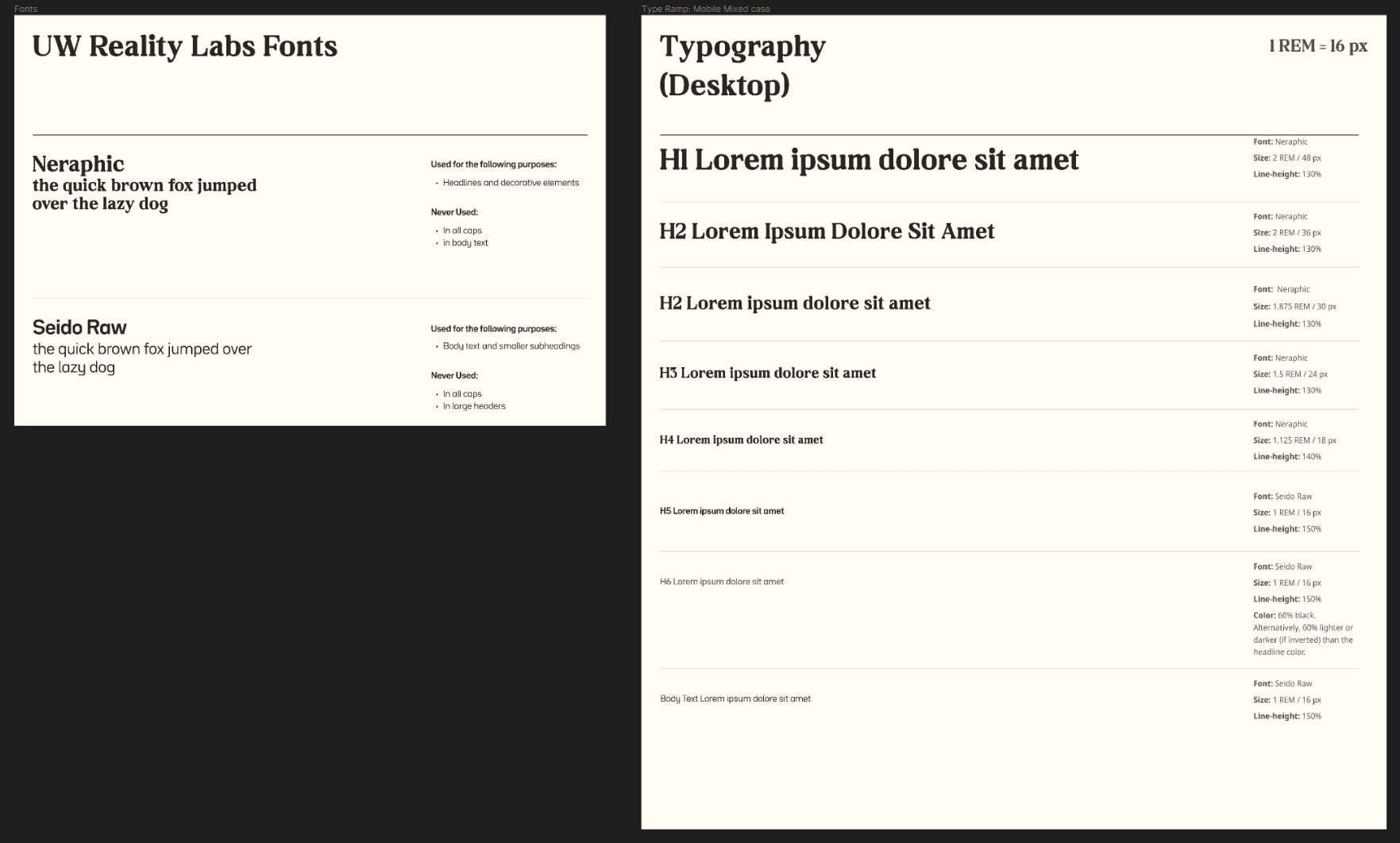
After defining type and colors, we pivoted to work on figuring out what assets we'd like to make for banners, posters, other media, etc. We were really drawn to this idea of creating an isometric city using the hardware parts of Reality From Scratch, the team's first VR headset built from homemade materials. Here is Flora's awesome sketch of the first concept of the city.
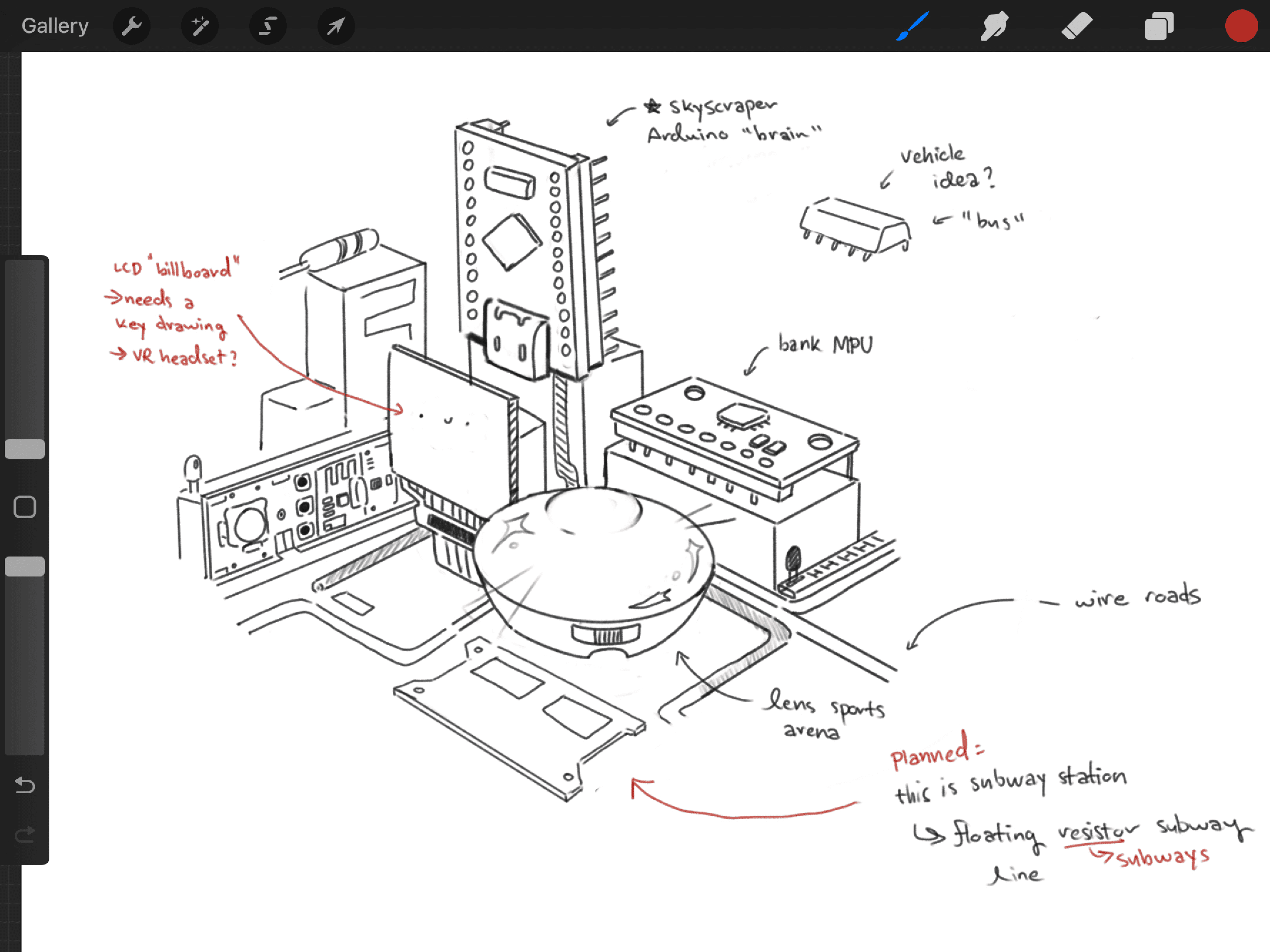
By gathering reference photos from the actual build we made, we were able to create stylized, vector versions of the components in Adobe Illustrator.
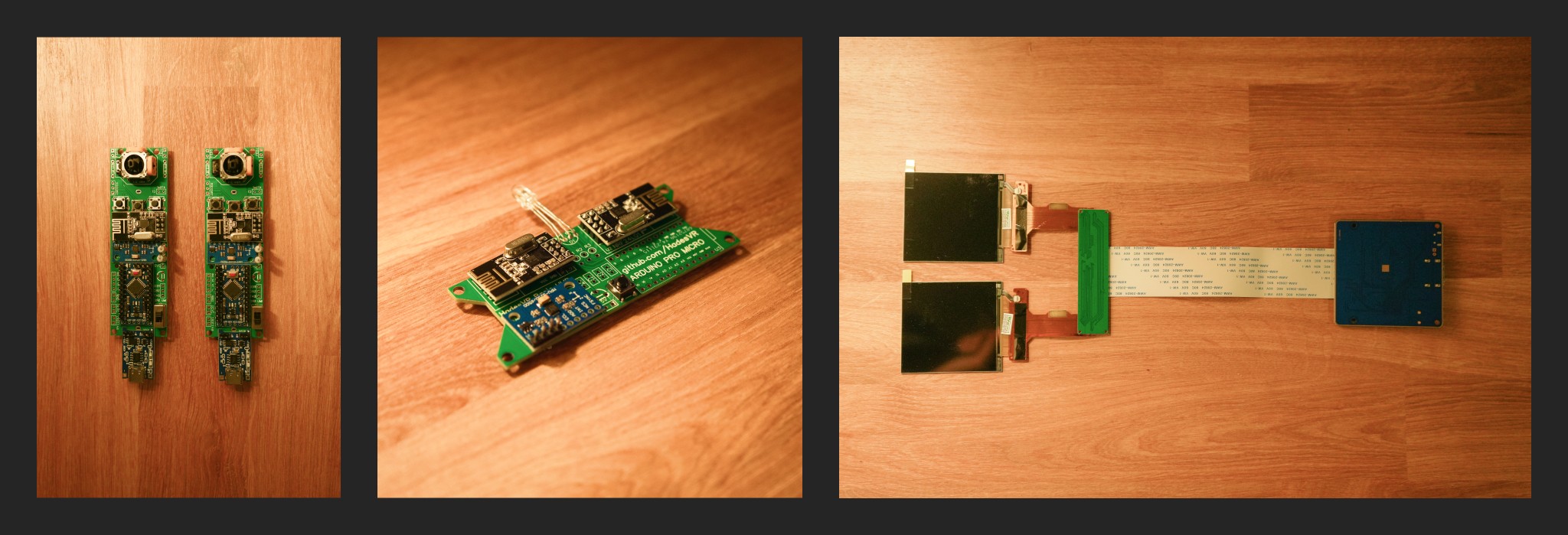

When making these pieces, we opted to design for reusability by fully designing each building before re-organizing it to fit a city layout. That way would allow us to swap things out easily, and introduce new building types in the future. (Btw, Flora did an incredible job on making these pieces look so clean!)

After the city assets were finalized, we moved on to the biggest task- creating the logo. It was important for us to condense the creative, reality shaping nature of the UW Reality Labs research into a recognizable symbol. Here are many of the ideas about mixed reality that we explored and brainstormed.
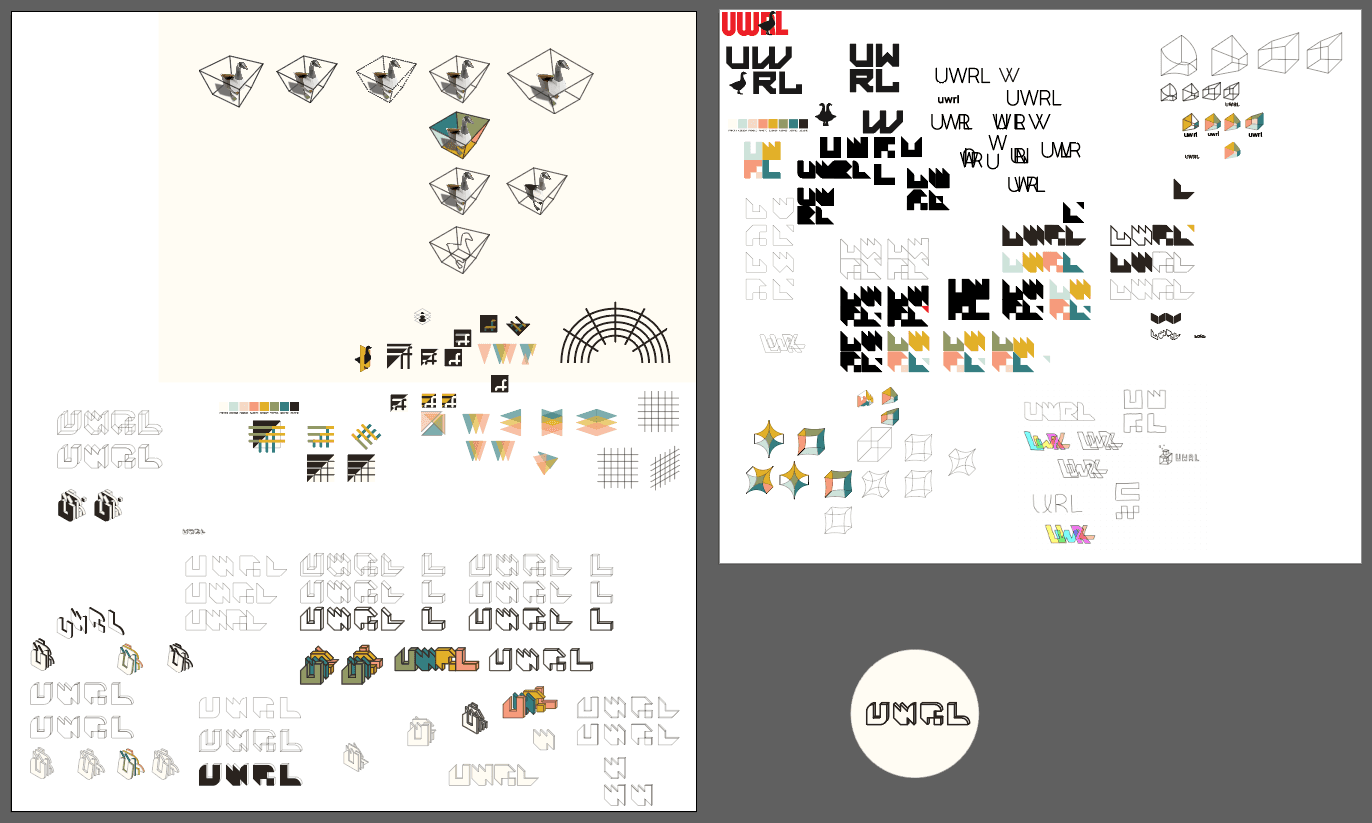

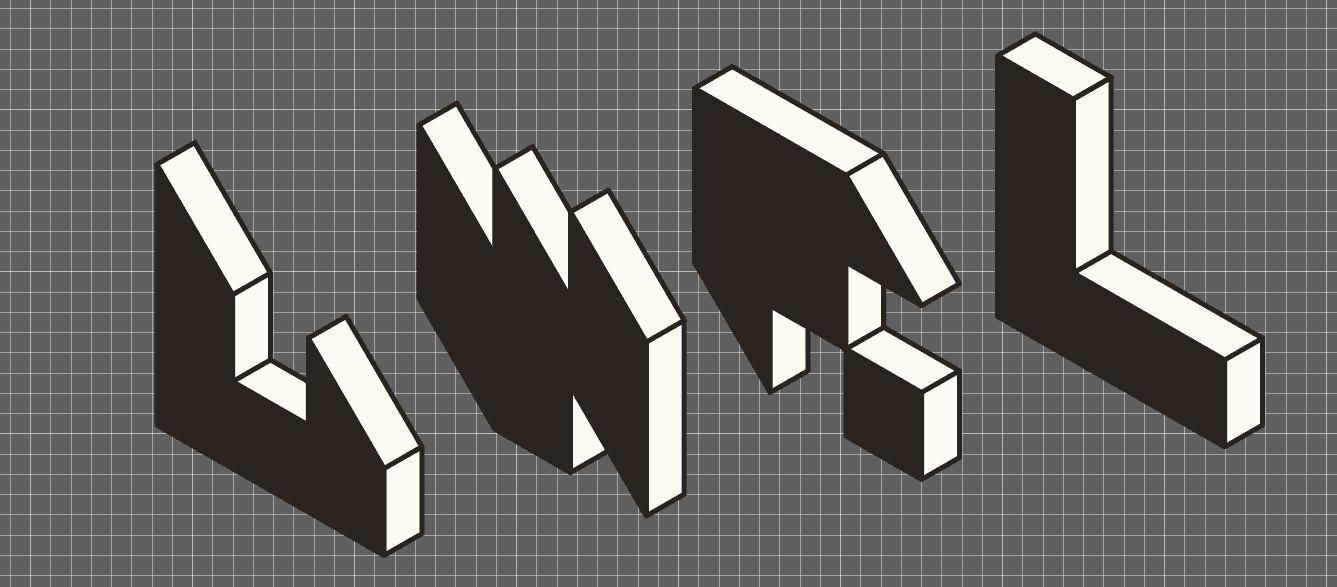

This project has still lots to come, and we are excited to show more as we continue to build.
Thank you for reading!
01
The Design Process:
To kick things off, we started with a list of what we envisioned the brand to be. Some of these included:
Open source
Community focused
No dystopia
Home-made + DIY
Gathering these together, we began searching for inspiration that aligned with these values.

Upon researching these ideas, we decided that we wanted the branding to be more lighter colored with some accents that pop.

There was also a TON of testing done just to find the perfect font pairing. The goal was to find something A Serif font that was bold, geometric, and matched with a sans serif body font.


After defining type and colors, we pivoted to work on figuring out what assets we'd like to make for banners, posters, other media, etc. We were really drawn to this idea of creating an isometric city using the hardware parts of Reality From Scratch, the team's first VR headset built from homemade materials. Here is Flora's awesome sketch of the first concept of the city.

By gathering reference photos from the actual build we made, we were able to create stylized, vector versions of the components in Adobe Illustrator.


When making these pieces, we opted to design for reusability by fully designing each building before re-organizing it to fit a city layout. That way would allow us to swap things out easily, and introduce new building types in the future. (Btw, Flora did an incredible job on making these pieces look so clean!)

After the city assets were finalized, we moved on to the biggest task- creating the logo. It was important for us to condense the creative, reality shaping nature of the UW Reality Labs research into a recognizable symbol. Here are many of the ideas about mixed reality that we explored and brainstormed.




This project has still lots to come, and we are excited to show more as we continue to build.
Thank you for reading!
01
The Design Process:
To kick things off, we started with a list of what we envisioned the brand to be. Some of these included:
Open source
Community focused
No dystopia
Home-made + DIY
Gathering these together, we began searching for inspiration that aligned with these values.

Upon researching these ideas, we decided that we wanted the branding to be more lighter colored with some accents that pop.

There was also a TON of testing done just to find the perfect font pairing. The goal was to find something A Serif font that was bold, geometric, and matched with a sans serif body font.


After defining type and colors, we pivoted to work on figuring out what assets we'd like to make for banners, posters, other media, etc. We were really drawn to this idea of creating an isometric city using the hardware parts of Reality From Scratch, the team's first VR headset built from homemade materials. Here is Flora's awesome sketch of the first concept of the city.

By gathering reference photos from the actual build we made, we were able to create stylized, vector versions of the components in Adobe Illustrator.


When making these pieces, we opted to design for reusability by fully designing each building before re-organizing it to fit a city layout. That way would allow us to swap things out easily, and introduce new building types in the future. (Btw, Flora did an incredible job on making these pieces look so clean!)

After the city assets were finalized, we moved on to the biggest task- creating the logo. It was important for us to condense the creative, reality shaping nature of the UW Reality Labs research into a recognizable symbol. Here are many of the ideas about mixed reality that we explored and brainstormed.




This project has still lots to come, and we are excited to show more as we continue to build.
Thank you for reading!
01
The Design Process:
To kick things off, we started with a list of what we envisioned the brand to be. Some of these included:
Open source
Community focused
No dystopia
Home-made + DIY
Gathering these together, we began searching for inspiration that aligned with these values.

Upon researching these ideas, we decided that we wanted the branding to be more lighter colored with some accents that pop.

There was also a TON of testing done just to find the perfect font pairing. The goal was to find something A Serif font that was bold, geometric, and matched with a sans serif body font.


After defining type and colors, we pivoted to work on figuring out what assets we'd like to make for banners, posters, other media, etc. We were really drawn to this idea of creating an isometric city using the hardware parts of Reality From Scratch, the team's first VR headset built from homemade materials. Here is Flora's awesome sketch of the first concept of the city.

By gathering reference photos from the actual build we made, we were able to create stylized, vector versions of the components in Adobe Illustrator.


When making these pieces, we opted to design for reusability by fully designing each building before re-organizing it to fit a city layout. That way would allow us to swap things out easily, and introduce new building types in the future. (Btw, Flora did an incredible job on making these pieces look so clean!)

After the city assets were finalized, we moved on to the biggest task- creating the logo. It was important for us to condense the creative, reality shaping nature of the UW Reality Labs research into a recognizable symbol. Here are many of the ideas about mixed reality that we explored and brainstormed.




This project has still lots to come, and we are excited to show more as we continue to build.
Thank you for reading!
01
The Design Process:
To kick things off, we started with a list of what we envisioned the brand to be. Some of these included:
Open source
Community focused
No dystopia
Home-made + DIY
Gathering these together, we began searching for inspiration that aligned with these values.

Upon researching these ideas, we decided that we wanted the branding to be more lighter colored with some accents that pop.

There was also a TON of testing done just to find the perfect font pairing. The goal was to find something A Serif font that was bold, geometric, and matched with a sans serif body font.


After defining type and colors, we pivoted to work on figuring out what assets we'd like to make for banners, posters, other media, etc. We were really drawn to this idea of creating an isometric city using the hardware parts of Reality From Scratch, the team's first VR headset built from homemade materials. Here is Flora's awesome sketch of the first concept of the city.

By gathering reference photos from the actual build we made, we were able to create stylized, vector versions of the components in Adobe Illustrator.


When making these pieces, we opted to design for reusability by fully designing each building before re-organizing it to fit a city layout. That way would allow us to swap things out easily, and introduce new building types in the future. (Btw, Flora did an incredible job on making these pieces look so clean!)

After the city assets were finalized, we moved on to the biggest task- creating the logo. It was important for us to condense the creative, reality shaping nature of the UW Reality Labs research into a recognizable symbol. Here are many of the ideas about mixed reality that we explored and brainstormed.




This project has still lots to come, and we are excited to show more as we continue to build.
Thank you for reading!
final-final.psd

final-final.psd

final-final.psd

final-final.psd

final-final.psd

